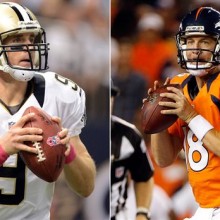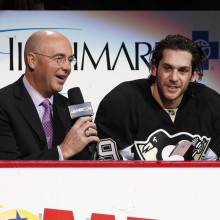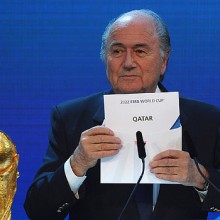Sports sponsorship is a widely debated topic. Due to the difficulty of tracking a campaign and the high costs, sponsoring a team, signage in the stadium and other sporting promotions are usually reserved for those with the largest of marketing budgets. Sports sponsorship usually only helps a company retain and improve brand awareness and tweak or maintain brand image.
NASCAR is a unique beast. You could write a ton of articles on whether or not sponsoring a car will fetch you any sort of tangible return. Will people really visit Home Depot because they saw the #20 car decked out with its logos? Maybe, but it will allow Home Depot to boost awareness and image among NASCAR fans, which is a demographic they may be eager to target.
The National Guard situation is the perfect example of what not to expect from a NASCAR deal and how you should have an idea of who you are marketing your product, company or service to before shelling out wads of cash. As seen in a story from USA Today, their NASCAR sponsorship was an incredibly expensive failure. The Guard spent $88 million between 2011 and 2013 and don’t have a single recruit to show for it. That’s not to say there wasn’t interest.
The Guard received 24,800 recruiting prospects from the program in 2012, documents show. In those cases, potential recruits indicated the NASCAR affiliation prompted them to seek more information about joining. Of that group, only 20 met the Guard’s qualifications for entry into the service, and not one of them joined.
As you can see, the sponsorship did what it was intended to do and sent the Guard almost 25,000 prospects. The problem was that almost none of those prospects fit the Guard’s qualifications. You can make plenty of NASCAR jokes here, but clearly the Guard attracted and were targeting the wrong audience. If you have 24,800 prospects and you recruit zero into service, the problem may be that you’re barking up the wrong tree or that your requirements for joining are a little too strict.
As you might expect, this promotional strategy is under fire and the Guard has been accused of wasting huge amounts of money. They were successful in rounding up interest, but ultimately it all comes down to conversions. That’s the major issue with sports sponsorship. Granted, the Guard situation is a different and more difficult “product” to sell, but it speaks to how too many companies jump into sports sponsorship without realizing that actually getting the customer in the door or having them buy a specific product shouldn’t be the objective of the promotion. It’s more about image and recognition.
Sports sponsorship is comparable to a billboard. A lot of people will see it, but will the right people see it and how many will actually be motivated to act on your message?





















